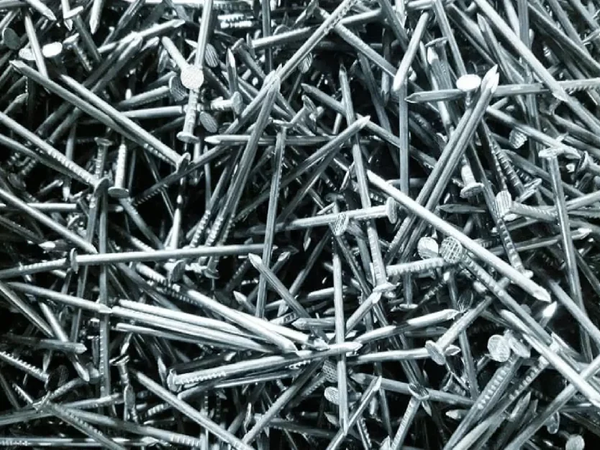Blog

Types Of Wire Nails
Types Of Wire Nails
Wire Nails are available in a range of sizes, shapes, patterns, and finishes. Choosing the perfect nail can occasionally be challenging due to the wide variety of nails available for purchase. Here we have compiled a list of the nail types along with their intended use to aid you in choosing the best nail for your intended use. Various kinds of materials, such as steel, stainless steel, brass, aluminium, and copper, make nails.
Components and Nail Pattern
The portion of a nail that is hammered or driven into the material is called the point. The most popular form of point designed to easily push into the material is one with a diamond shape. To reduce the chance of material separating, the point has a lengthy diamond shape. Although using a blunt point presents more challenges, it helps prevent the material from splitting.
Different Types of Wire Nails
Below, we have listed the different types of wire nails and their corresponding uses.
Common Nails
In construction, framing, and various structural work, people commonly use nails. Common nails have a slender and lightweight shaft, allowing users to drive them flush with the surface for a seamless finish.
Box Nails
People commonly use box nails for lighting structures. Using ox nails for structural construction is not recommended because they lack the strength and gripping ability of regular nails.
Duplex Nails
Contractors use duplex head nails for constructing temporary structures, like concrete forms or attaching studs in roofing projects.
Annular Ring/Ring Shank Nails
Nails feature rings on their shanks, sometimes known as an annular ring or ring shank, to increase grip and resistance to ripping out of the wood. Frequently, people use them for subfloor installation to prevent floors from creaking by providing added holding strength.
Read More: Application and Usage of Wire Drawing
Please visit our official Facebook Page for updates from us.
For more details about our products, you can Contact Us.
